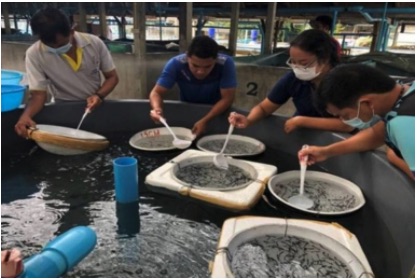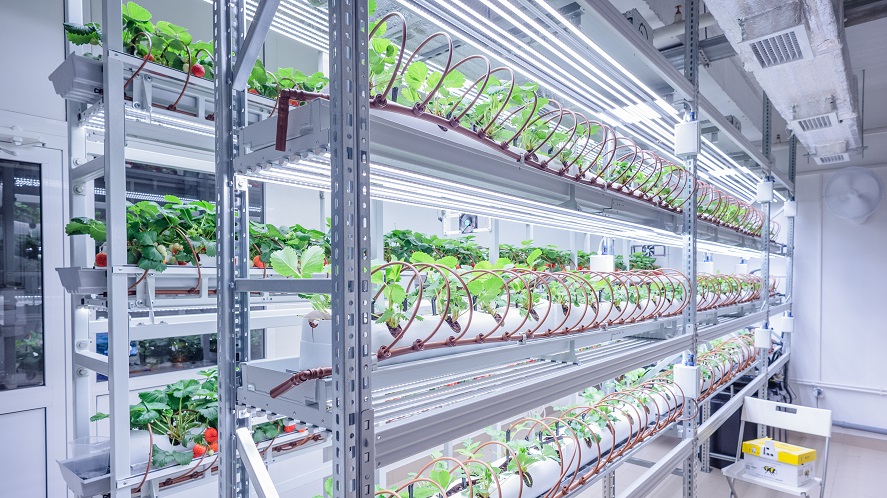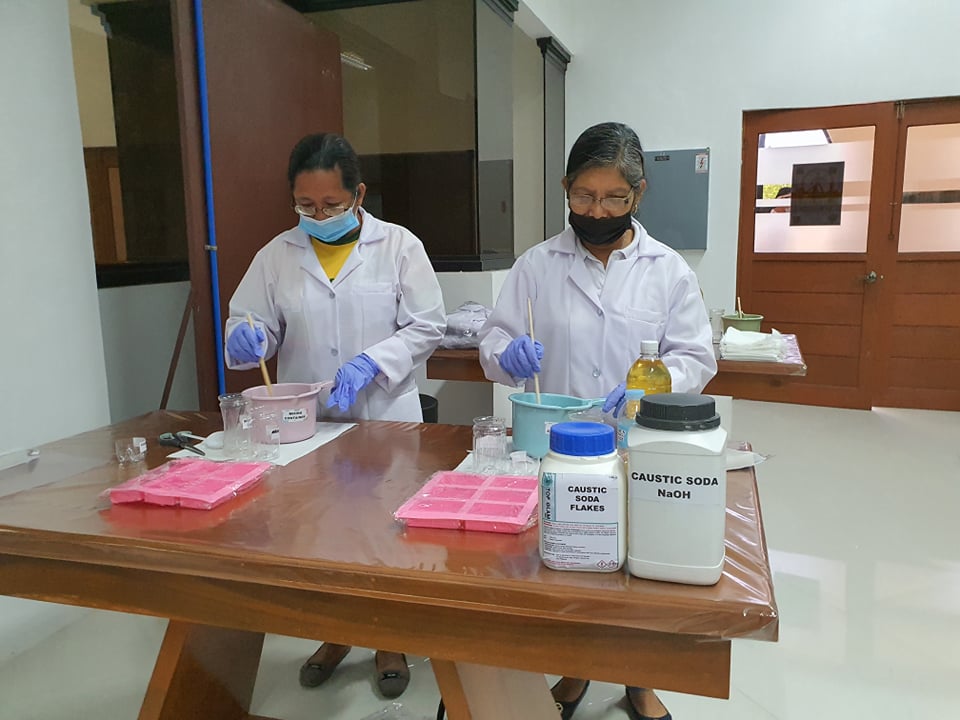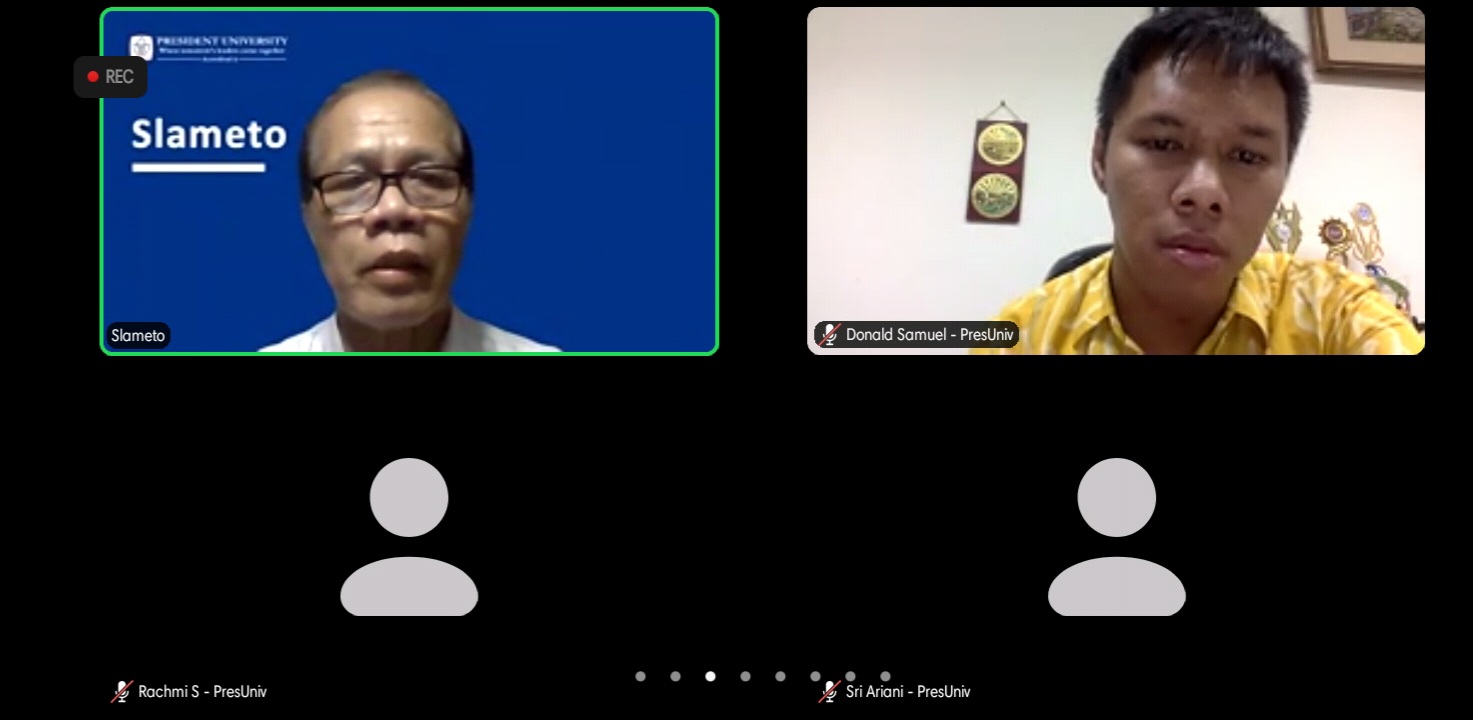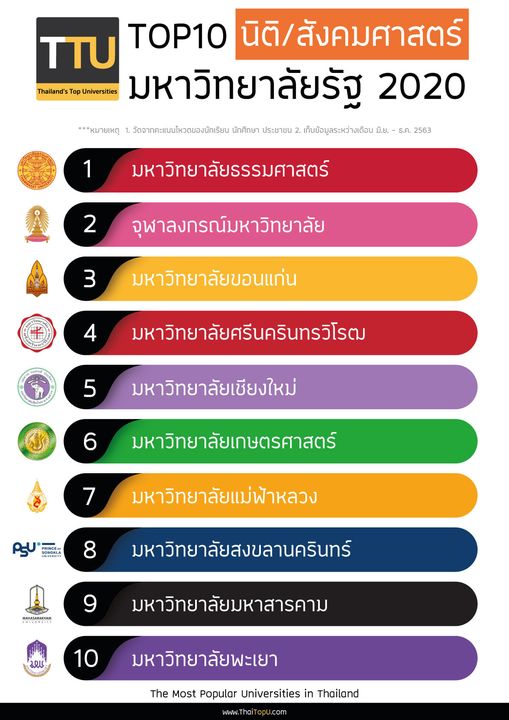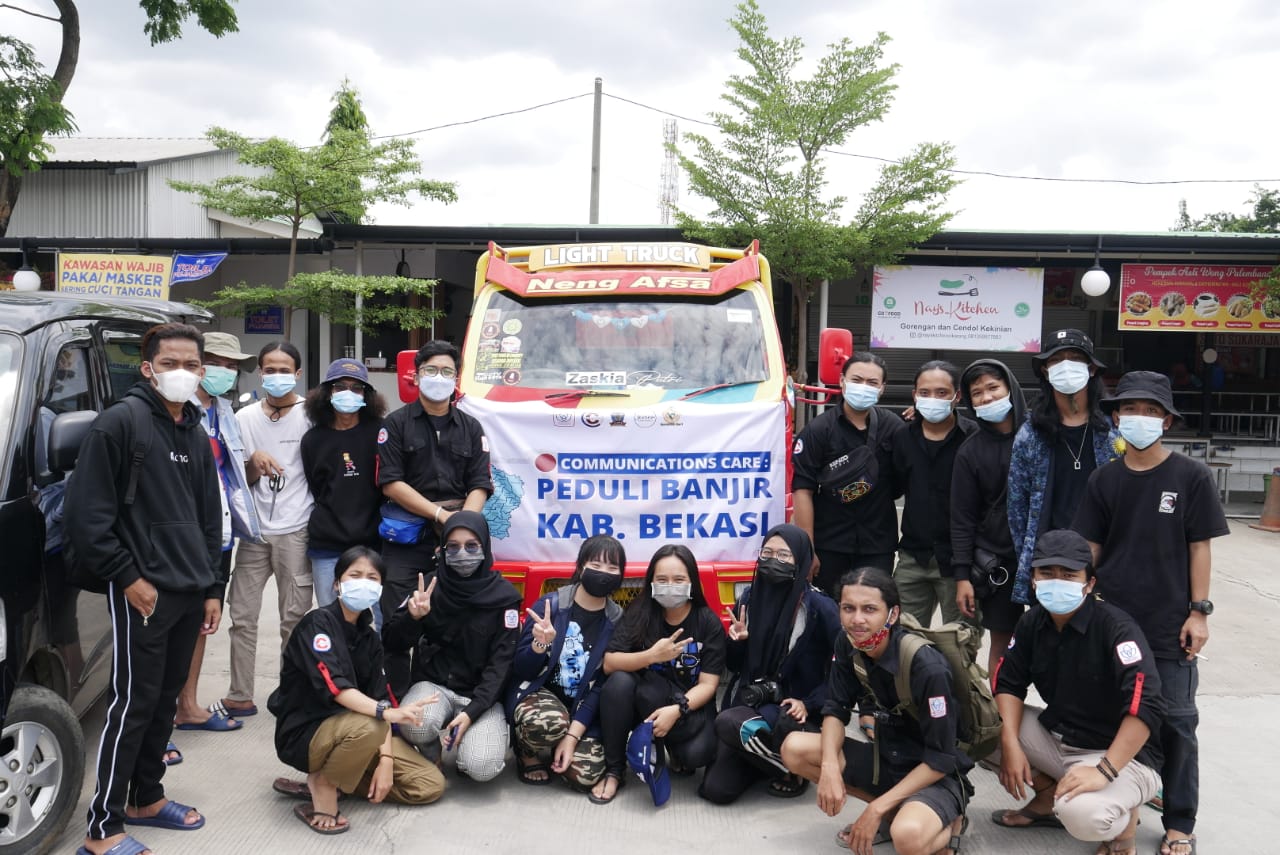The Republic of Angola halted the production of natural gas in 2015. Antonio Luther Lopez, a graduate of Saint Petersburg Mining University, now employed at Angola-based Sonangol, shares his insights into the reasons and consequences of this decision.
“I graduated in 2006 and was offered a job at Sonangol right away. It is a state-owned company, a monopoly that controls the country’s oil production. I started as an intern, but after a couple of months, I was promoted and transferred to a new department,” says Antonio Luther Lopez, Senior Technical Project Manager at Sonangol Gas and Renewable Energies.
“There was a strategic task ahead of us: to explore and start developing the found gas fields. Plenty of reserves had been discovered, but we lacked technology, qualified personnel, and financial capacity; therefore, they remained untapped for a long time. Finally, the corporation was ready to begin exploiting the fields. And so I found myself in a team. We were the pioneers of natural gas production in Angola. And I must admit it was my CV that helped me get on board,” Lopez explains.
“It has to do with the fact that all of our presidents – three so far – graduated from Russian universities. Studying in Russia has become a sort of tradition, sticking to which results in reaching great objectives. “
“My uncle was a secretary at the Embassy of Angola in Moscow. I was a schoolboy when I left with him. I completed the ninth, tenth and eleventh grades there, acquired new knowledge, and after graduation, entered Mining University. I once visited a mine in my home country, and ever since, all I wanted is to become a mining engineer. It’s a profession that guarantees a promising career and a high income,” adds Lopez.
The fresh graduate was initially involved in designing and building the infrastructure needed for offshore production. His next role was to choose suitable pipelines, drilling fluids – in short, help the senior engineer with technical matters.
“At the start of the project, when the production process had not yet been set up, I had to use knowledge and skills from very different areas of oil & gas engineering. It was quite a demanding environment – 28 days offshore, two weeks off, at home, and then back to work again. Nonetheless, we had an important business to do; we knew it, and because of it, we did not feel tired,” explains Mining University’s graduate.
“Unfortunately, this attempt to get production going ended up in failure. Due to formations lying at great depths, producing natural gas turned out to be too expensive. Thanks to the market oversupply, gas prices kept falling year on year. In the end, it made production unprofitable, and the company decided to postpone all activities in this field.”
This did not affect the Angolan government’s plans to open a supported by foreign capital LNG facility.
In 2013, Chevron launched the then-largest energy project in Africa known as Angola LNG. The LNG facility’s capacity was 5.2 million tonnes of product per year. The shareholders – Chevron Corporation (36.4%), Sonangol (22.8%), BP (13.6%), Eni (13.6%), and Total (13.6%) – planned to supply associated gas from their offshore oil fields. Sonangol built seven LNG tankers with a capacity of 160,000 cubic metres each to serve the venture. The first shipments occurred in June that year.
Ecologists warmly welcomed the idea. Liquefaction is a highly energy-intensive process. A substantial proportion of the gas should be burnt off to generate energy to cool the remaining gas. Nevertheless, LNG production is far more environmentally friendly than flaring.
“Implementing that project also allowed to use the by-product of oil production for commercial purposes – that is, produce LNG and export it to other countries. Similar projects are being developed across Africa – in Nigeria, Mozambique, Algeria, Cameroon… But there are still several factors hampering the development of the market. For example, funding shortage and internal political instability,” notes Lopez.
For Angola, the main constraints were the initial high cost of the project ($10 billion) and the lack of long-term contracts. Angola LNG was built primarily for exporting gas to the US. The subsequent shale gas boom shut that door on the possibility of making deals with US customers. Australian and Papua New Guinean plants dominate the Asian market.
In Latin America, Trinidad and Tobago, Peru, and once again, the US prevail. It actually leaves no other opportunity for the project operator than sell gas on the European spot market to satiate regional demand in winter.
Partly, APG goes to meet the domestic needs of the country.
As works in exploration and production of natural gas had been put to a halt, the graduate decided not to leave gas engineering. He is now responsible for running and maintaining 14 of Sonangol’s plants that produce gas cylinders for domestic and industrial use.
“Although the topic of alternative energy comes up here all the time, just like everywhere else, the market share of green energy sources in Africa is for now negligible. Hydrocarbons will remain a major energy carrier for decades to come, which explains why so many want to earn a job in the mineral resources sector,” adds Lopez.
“A mining engineer in Angola makes 5-6 times more than people here on average. The diploma makes a difference, too.”
“Local universities don’t provide high-quality education; hence, a degree certificate obtained at a Russian, European or American institute leads to a significant increase in pay. Foreign staff earn even more: their rate is up to four times higher than that of locals in comparable positions. Luckily for us, there aren’t many ex-pats here. They are usually offered only executive positions,” sums up Sonangol’s employee.



